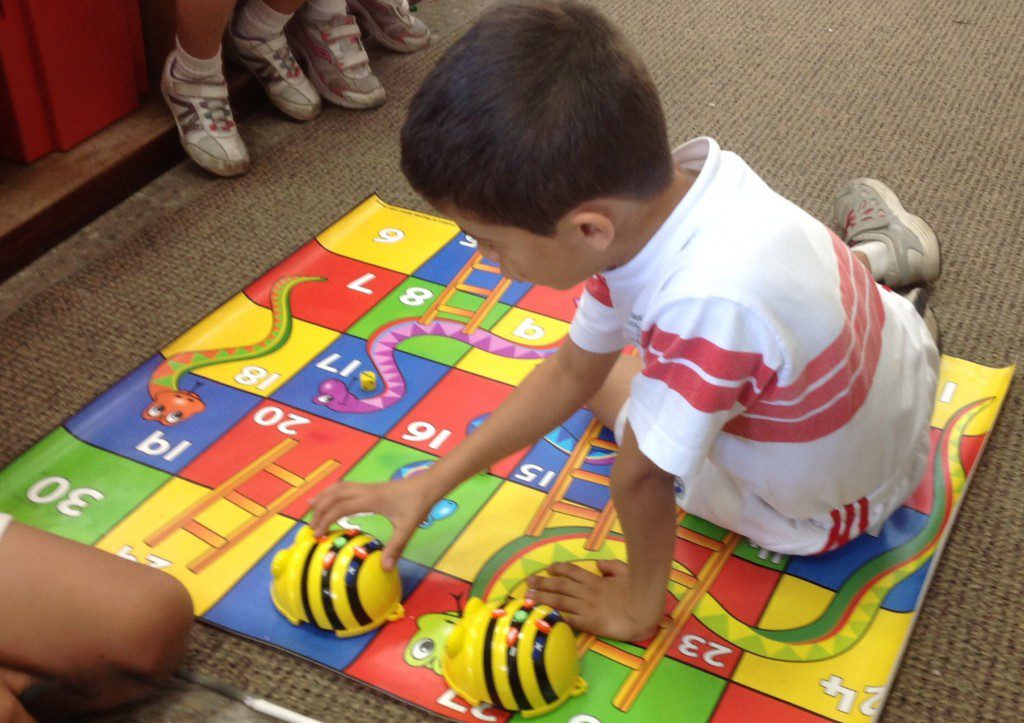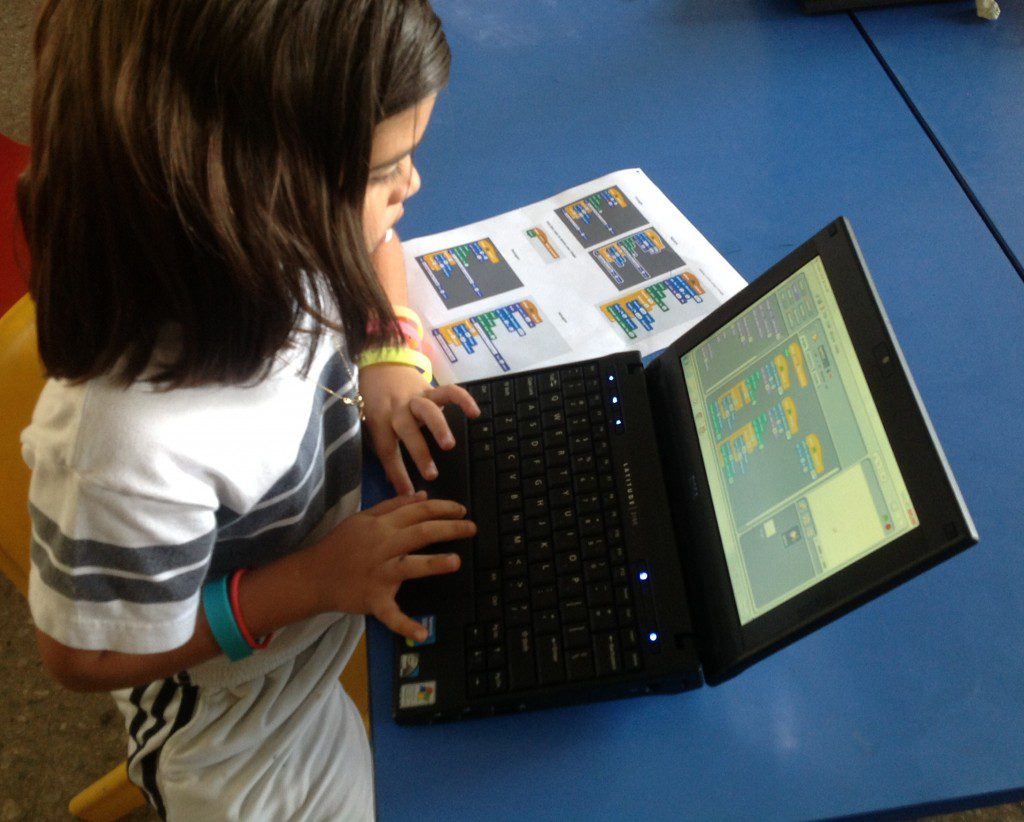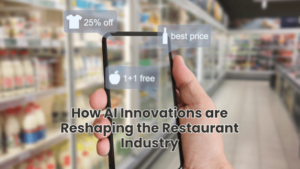Of all the recent changes in the National Curriculum, ICT has undergone by far the biggest shake up. For starters, it’s no longer even called ICT – as of September 2014, the name was officially replaced with ‘computing’. The change of name reflects both a rebranding of the subject and a shift of focus towards computer science. Prior to its disapplication, the former education minister, Michael Gove, described the old ICT curriculum as a ‘mess’. In its place, the computing curriculum is intended to be more demanding, more relevant and more interesting. And as an ICT (now computing) coordinator, I’ve been reflecting on the change with great interest.
The focus on computer science is really what sets computing apart from ICT. This explains why much of the media attention given to the new curriculum has focussed on children ‘learning to code’. It’s worth mentioning however, that whilst ‘coding’ is an important skill, which the new curriculum certainly helps to develop, computing is not just about computer science, and computer science is not just about coding. Although computer science (CS) is at the ‘core’ of computing, the new curriculum also includes information technology (IT) and digital literacy (DL).
What all this means in practice is that unlike its predecessor, ICT, computing is a much more ambitious programme of study. The opening sentence on the National Curriculum website says as much:
‘A high-quality computing education equips pupils to use computational thinking and creativity to understand and change the world’.
Creativity has long been an important aspect of ICT education in schools, particularly in terms of the opportunities given to students to take on projects and create their own digital content. The notion of ‘computational thinking‘ however, is something new. Computational thinking is about looking at problems as they would be processed by a computer and then using this sort of thinking to solve or understand them. It involves a set of higher order thinking skills, which software developers and computer scientists draw on all the time. As a form of critical thinking, computational thinking has applications both across and beyond the national curriculum.
Arguably, the best way to develop computational thinking is to learn to program. Programming is just one of the skills that Nick Gibb, the minister for school reform was talking about when he described the new national curriculum as one that will make England’s education system the ‘envy of the world’. Many countries teach programming in secondary schools, but England is the first country in the world to do so from the age of five up. And why not? Digital technology is a significant part of all our lives nowadays, so understanding how it works ought to be an entitlement for all. In doing so, more children can go on to become creators of digital technology rather than just passive users.
Learning Resources
How does the greater emphasis on programming skills manifest itself in the new curriculum? As with the old curriculum, the new curriculum avoids any specific reference to particular hardware or software that a school should use. Technology, after all, is constantly changing, and as teachers we need to ensure that students get a thorough grounding in the knowledge, skills and understanding underpinning the use of digital technology itself. Let’s take a look at the expectations outlined by the National Curriculum programme of study for computing. I’m highlighting here the programming elements, as this represents one of the biggest changes.
At Key Stage 1, pupils should be taught to:
– understand what algorithms are; how they are implemented as programs on digital devices; and that programs execute by following precise and unambiguous instructions
– create and debug simple programs
– use logical reasoning to predict the behaviour of simple programs
– use technology purposefully to create, organise, store, manipulate and retrieve digital content
– recognise common uses of information technology beyond school
– use technology safely and respectfully, keeping personal information private; identify where to go for help and support when they have concerns about content or contact on the internet or other online technologies.
Looking at this, there’s nothing in the Key Stage 1 expectations that require pupils to use technology more advanced than programmable floor robots such as Bee-Bots – the ability for children to put themselves in the place of a programmable toy is the beginning of programming. In fact, certain concepts such as algorithms can be learned through “unplugged” activities in which no computers are needed at all. There are also some very child-friendly programming apps for the iPad such as Light Bot and Scratch Jr, which provide a gentle introduction to screen-based programming.

At Key Stage 2 pupils should be taught to:
– design, write and debug programs that accomplish specific goals, including controlling or simulating physical systems; solve problems by decomposing them into smaller parts
– use sequence, selection, and repetition in programs; work with variables and various forms of input and output use logical reasoning to explain how some simple algorithms work and to detect and correct errors in algorithms and programs
– understand computer networks including the internet; how they can provide multiple services, such as the world wide web; and the opportunities they offer for communication and collaboration
– use search technologies effectively, appreciate how results are selected and ranked, and be discerning in evaluating digital content
– select, use and combine a variety of software (including internet services) on a range of digital devices to design and create a range of programs, systems and content that accomplish given goals, including collecting, analysing, evaluating and presenting data and information use technology safely, respectfully and responsibly;
– recognise acceptable/unacceptable behaviour;
– identify a range of ways to report concerns about content and contact.
At Key Stage 2, Scratch provides an ideal programming environment. It’s very easy to use compared to text based programming languages, since programs can simply be built by moving around coloured blocks on the screen. I have actually included Scratch as a software to be used from the end of Key Stage 1 onwards. This is because in my experience, even children as young as Year 2 (Grade 1) can quickly get to grips with Scratch and it gives them a head start when they reach Key Stage 2. Kodu is another example of a graphics based programming software and is a good option for giving children the experience of programming 3D games. By the end of Key Stage 2, it’s worthwhile for children to have some experience of a text based programming language. Python is an excellent option to start with, and I’ve included several Python lesson plans in the resources section, which can be used with Year 6 (Grade 5) children.
As students move into Key Stage 3, they are expected to learn at least two programming languages, as well as the basics of concepts such as Boolean logic, binary and the fetch-execute cycle. Productivity tools such as Google Apps for Education are still very relevant, as students need to be able to create presentations, make spreadsheets and word process documents. These skills complement programming, particularly spreadsheet modelling, which draws on basic functional programming. What makes such software truly great though, is that it’s free, online and facilitates collaboration. The latter point, I think, is particularly important for facilitating the learning process.
Assessment
Finally, as with any subject, it’s important to remember assessment. In the past, assessment has been one of the most neglected areas in the teaching of ICT. In my opinion though, the new programme of study for computing makes it easier to judge how well students have grasped key concepts. Since there are just three core aspects of the computing curriculum (computer science, digital literacy and information technology), and the old levelling criteria has been removed, a more straightforward assessment framework can be applied. All that is needed is for teachers to link assessment directly to the programme of study, ideally involving students in the process where possible. In this way, students are in a stronger position to ‘know, apply and understand the matters, skills and processes specified’.
My concluding thoughts…
This is an exciting time to teach computing, but close attention needs to be given to its implementation. The computing curriculum is without doubt an ambitious program of study, which gives teachers an opportunity to review the technology that they use in class, adapt their teaching approach and move forward with more effective assessment practices. By developing our students’ knowledge, skills and understanding across the computing curriculum, we can prepare them well for the all-encompassing digital sphere of 21st century life.




